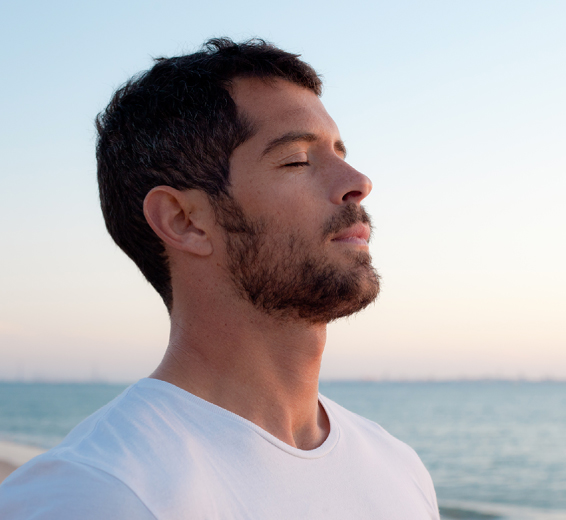Breathing is both a reflex and a behavior. As a behavior, it is subject to change as we go through life experiences, and it’s rarely for the better. Traumas in life, especially during the developmental years when there are few coping skills, have a considerable subconscious impact on arousal levels and vulnerability. This impacts the breathing habit and much more. Here are a few examples of stresses or traumas to illustrate the point:
HOW DO BREATHING HABITS CHANGE?
Many of these experiences, when repetitive, will create a mouth-breathing habit that is very difficult to undo without formalized instruction and training. This is especially true if mouth breathing inadvertently occurs during sleep.

Breathing is both a reflex and a behavior. As a behavior, it is subject to change as we go through life experiences, and it’s rarely for the better. Traumas in life, especially during the developmental years when there are few coping skills, have a considerable subconscious impact on arousal levels and vulnerability. This impacts the breathing habit and much more. Here are a few examples of stresses or traumas to illustrate the point:
Many of these experiences, when repetitive, will create a mouth-breathing habit that is very difficult to undo without formalized instruction and training. This is especially true if mouth breathing inadvertently occurs during sleep.


All these and more are likely to cause a change in breathing and affect the rate, depth, whether it’s from the mouth/nose/belly/chest. This change has a high potential of becoming a habit — A less functional habit.
Dramatic experiences later in life can also change the breathing habit. For instance, surgery near the diaphragm (e.g. appendix removal, C-section) or allergies. When exercising, many assume that more oxygen is required so they breathe through the mouth. Without making a conscious choice the change can become a habit. Even if we normally breathe through our nose and use our diaphragm, emotional states while we work, talk to others or drive in traffic may have us over-aroused and breathing in ways that don’t serve us. Chronic asthmatics often use accessory muscles to breathe with the chest as opposed to diaphragmatic breathing.
All these and more are likely to cause a change in breathing and affect the rate, depth, whether it’s from the mouth/nose/belly/chest. This change has a high potential of becoming a habit — A less functional habit.
Dramatic experiences later in life can also change the breathing habit. For instance, surgery near the diaphragm (e.g. appendix removal, C-section) or allergies. When exercising, many assume that more oxygen is required so they breathe through the mouth. Without making a conscious choice the change can become a habit. Even if we normally breathe through our nose and use our diaphragm, emotional states while we work, talk to others or drive in traffic may have us over-aroused and breathing in ways that don’t serve us. Chronic asthmatics often use accessory muscles to breathe with the chest as opposed to diaphragmatic breathing.

Here are a few of the more notorious factors that contribute to a dysfunctional breathing habit:

Here are a few of the more notorious factors that contribute to a dysfunctional breathing habit:

